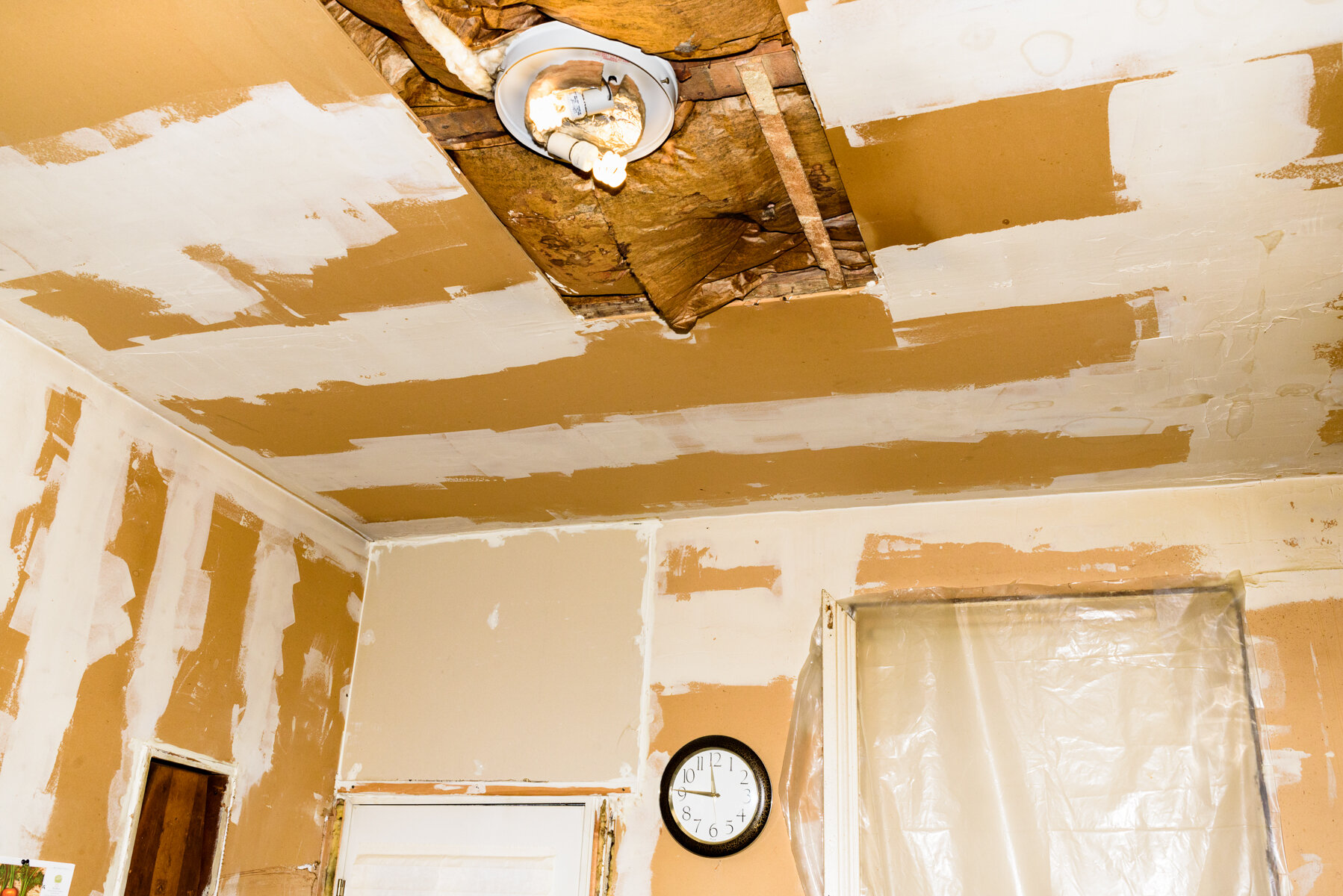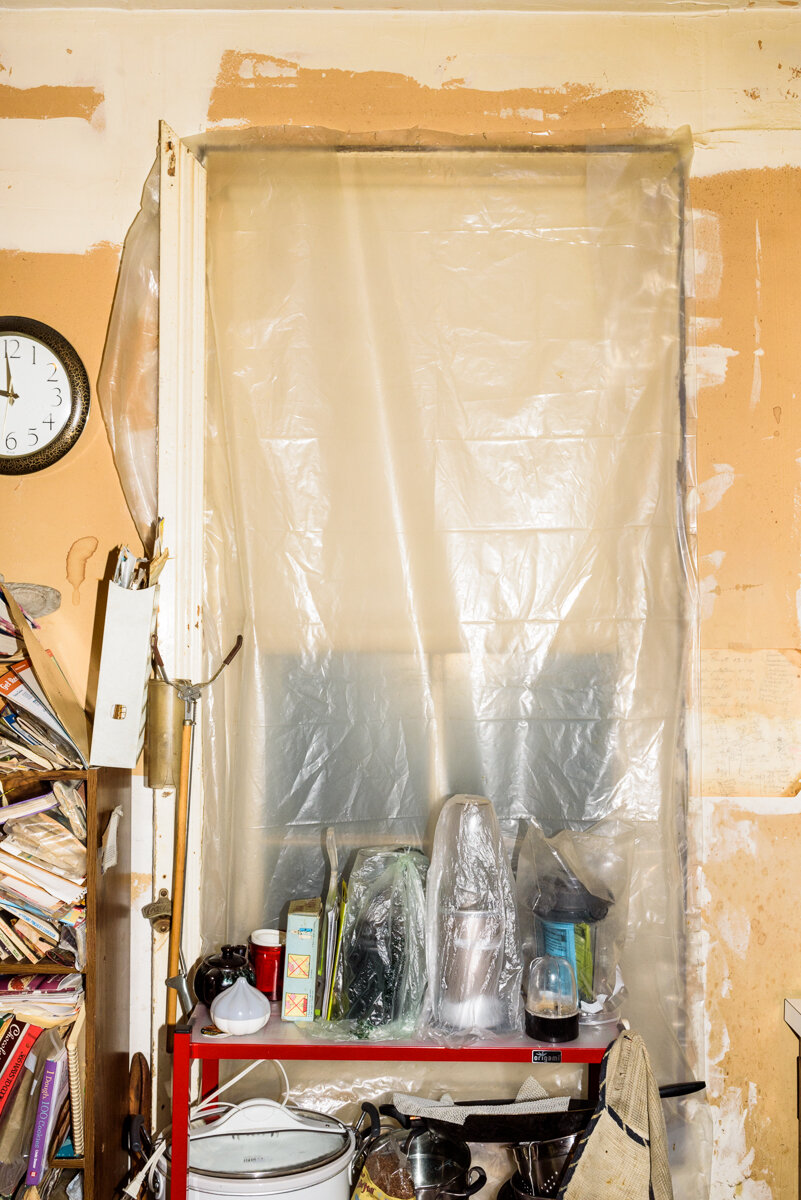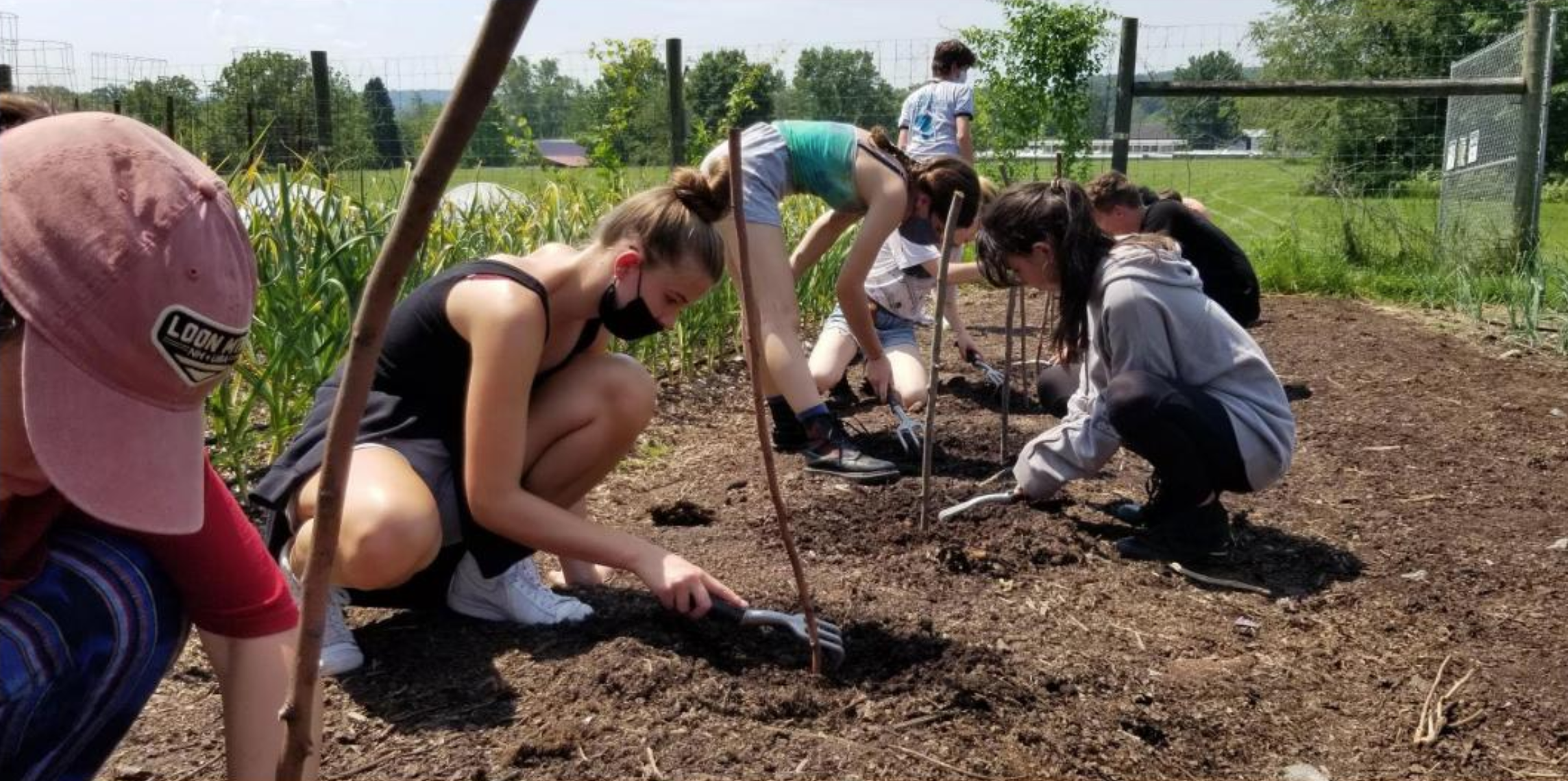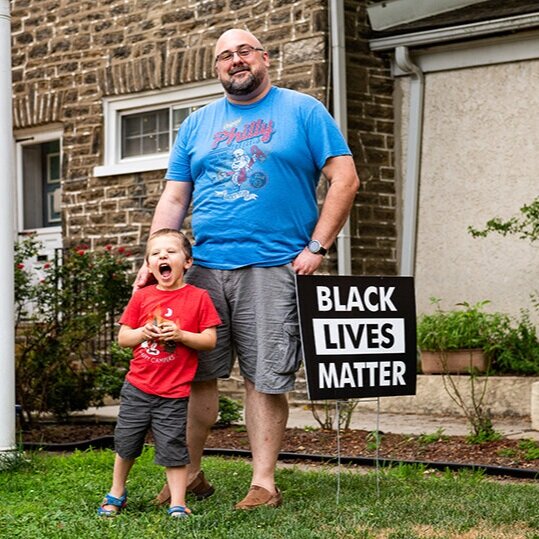When homeowners make the switch from oil to electric home systems it’s not just better for the environment—it also saves them money.
But while the money a family saves on their home energy bills—thanks to solar panels, electric heat pumps, and more—can often pay off the switch in just a few years, affording the initial investment in a new technological system isn’t always a viable option especially when the home in question is already in need of some basic repairs.
Luckily, the Philadelphia Energy Authority is here to help.
The Energy Authority focuses on using clean energy as a tool to create jobs, generate economic development, alleviate poverty, and improve public health. The organization works with schools, small businesses, commercial buildings, and homeowners in low-income housing.
When it comes to the lattermost the agency takes a holistic approach to energy renovations.
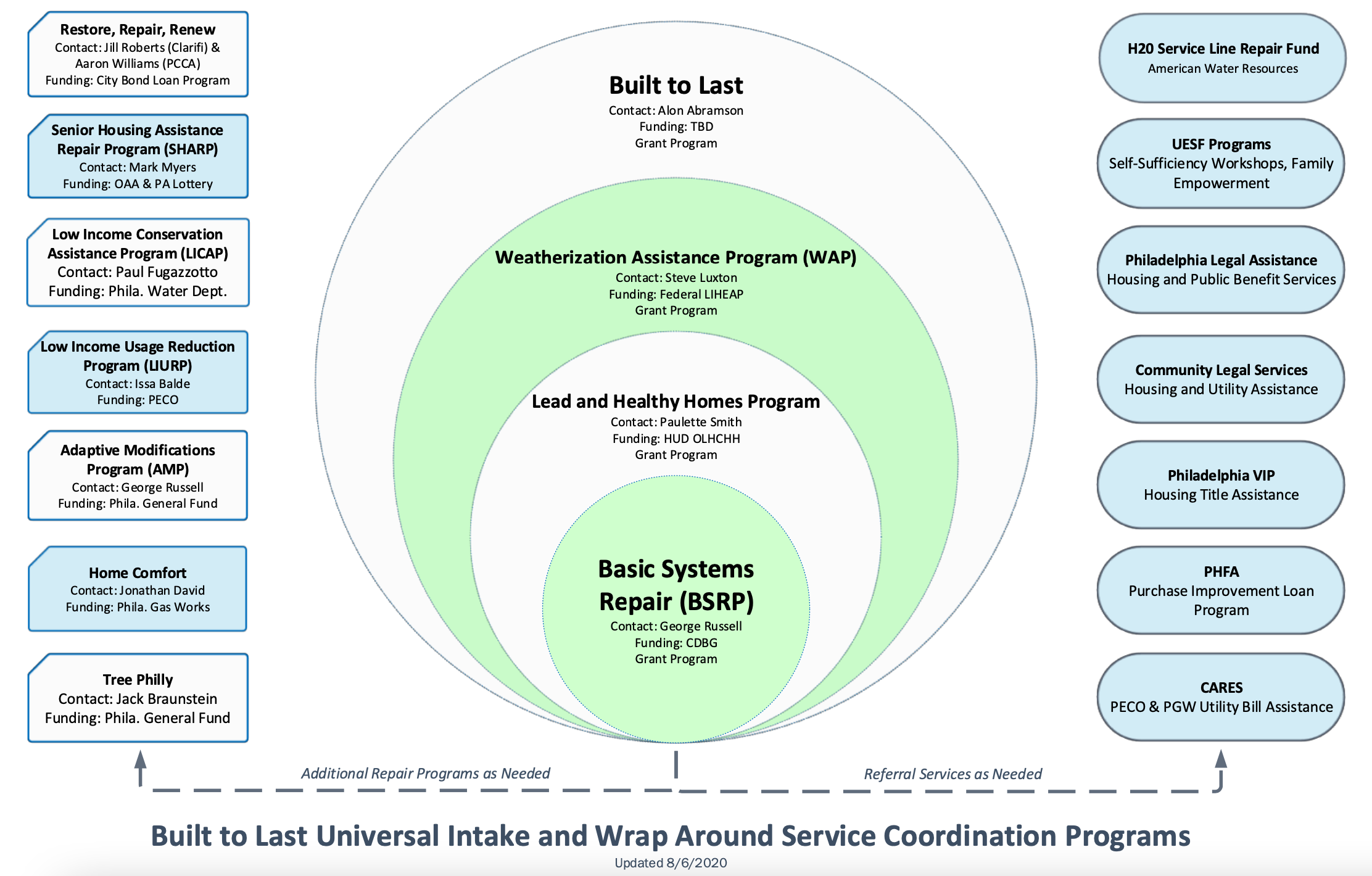
“You can’t go into a house that’s in poor repair and say, sure there’s a hole in the window, but I’m gonna swap out the light bulbs for LEDs and call it a day,” says the Authority’s Director of Residential Programs Alon Abramson. “You can’t just do one without doing it all.”
Philadelphia has an old housing stock, which means a whole lot of people are living in deteriorating homes that need upkeep they can’t afford. The daunting reality is that it takes more time, more money, and more diverse areas of expertise than organizations that want to help actually have, Abramson explains, noting most programs or organizations just don’t have the capacity to solve all of the problems of a home.
“They’re doing everything they can,” he says, but they are typically working with limited finances or resources.
According to Abramson, the money is out there and the programs exist, but someone needs to bridge the gap between them. His agency is hoping to fill that role.
The Energy Authority’s new Built to Last program creates a network of organizations that have the capacity to help low-income, single-family homeowners with their individual needs. It will connect homeowners with holistic support from existing organizations in areas like utility, repair, legal services, and health and housing counseling.
“There’s a ton of infrastructure in place for people to access services. So a better place for us to come in is by providing overlaying administrative support for all the different organizations,” says Abramson.
When the program is fully established, low-income homeowners who apply for any housing program involved in this new Philadelphia network will be connected with Built to Last. The Energy Authority will then determine which other programs homeowners are eligible for, help them apply, and manage project timelines.
The administrative role will also give the Energy Authority a greater ability to advocate for the implementation of clean energy.
“We can push for things like solar or heat pumps that are nobody’s priority right now,” says Abramson. “By creating this mesh network of organizations that can work together, we can provide streams of funding that will help us do even more.”
The first 50-home pilot of the program is beginning in 2021—playing with how to screen programs a homeowner may be eligible for, how to collect information for homeowners’ program applications, and how to facilitate and coordinate with all parties involved.
In 2022, a second 50-home pilot will be used to generate and experiment with a data platform that will allow the Energy Authority to efficiently connect homeowners with the organizations able to help them. The platform will also make it easier for partner organizations to coordinate projects in the home.
In the pilot process homeowners will put no money down at all, the funding will come entirely from programs and grants. However, the hope is that future homeowners involved in Built to Last will be able to contribute financially if they are willing and able to do so. This will give the homeowner more input in the process and will give them freedom to incorporate aesthetic features into renovations.
After completing the two pilots, the Energy Authority will start scaling up to 100 to 200 homes in 2023, and hopefully more than 1,000 homes in successive years, Abramson says. To support its pilots and the future growth, the Energy Authority is seeking funding from traditional sources like foundations and new ones like healthcare providers.
“We’re looking at this really holistic intervention in homes,” says Abramson. ”We have an opportunity to restore homes to a state where families can afford their utilities and be healthy, safe, and comfortable so they can thrive.”
Learn more about Philadelphia Energy Authority and Built to Last at philaenergy.org.


